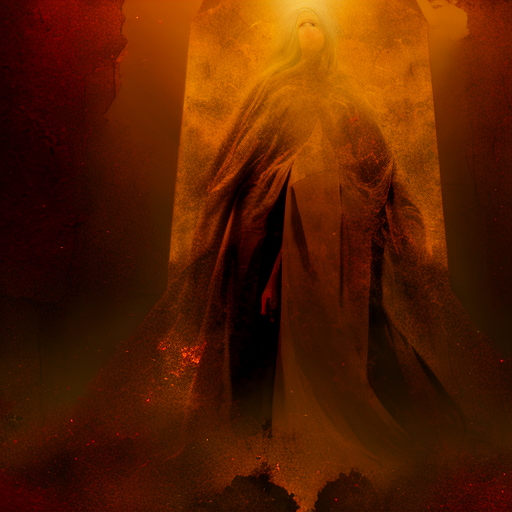One-line Summary:
In “The Woman Destroyed,” Simone de Beauvoir explores the complexities of female identity, marriage, and the struggle for personal fulfillment through three poignant stories.
The Woman Destroyed: A Summary
Simone de Beauvoir’s “The Woman Destroyed” is a collection of three interconnected stories that delve into the inner lives of women grappling with the challenges of marriage, aging, and the search for personal fulfillment. Through her powerful and introspective narratives, de Beauvoir explores the complexities of female identity and the societal pressures that often lead to the destruction of women’s sense of self.
The first story, “The Age of Discretion,” follows Monique, a middle-aged woman who finds herself at a crossroads in her life. As she reflects on her past and contemplates her future, Monique grapples with the realization that she has become invisible and irrelevant in a world that values youth and beauty. Through her internal monologue, de Beauvoir exposes the deep-rooted insecurities and fears that plague Monique, highlighting the societal expectations placed on women to remain youthful and desirable.
In the second story, “The Monologue,” de Beauvoir presents us with a glimpse into the mind of a woman named Madeline. Madeline’s life revolves around her husband, Robert, and their two children. However, as her children grow older and become more independent, Madeline finds herself increasingly isolated and unfulfilled. Through her stream of consciousness, de Beauvoir captures Madeline’s inner turmoil as she grapples with the realization that her life has become devoid of purpose and meaning.
The final story, “The Woman Destroyed,” centers around the character of Monique, who is now in her fifties. Monique’s husband, Maurice, has recently left her for a younger woman, plunging her into a state of despair and self-doubt. As Monique navigates the tumultuous emotions that come with the end of a long-term relationship, de Beauvoir exposes the vulnerabilities and insecurities that arise when a woman’s identity is tied to her role as a wife and mother.
Throughout the collection, de Beauvoir skillfully explores the themes of aging, societal expectations, and the struggle for personal fulfillment. She challenges traditional notions of femininity and exposes the destructive consequences of conforming to societal norms. Through her vivid and introspective prose, de Beauvoir invites readers to question the societal constructs that limit women’s autonomy and agency.
Key Takeaways:
- Women often face societal pressures to conform to traditional roles and expectations, which can lead to a loss of personal identity and fulfillment.
- The fear of aging and becoming invisible in a youth-obsessed society is a recurring theme throughout the stories.
- Marriage and motherhood can sometimes result in a loss of personal autonomy and a sense of purpose, particularly when women’s identities are solely defined by these roles.
Memorable Quote:
“One is not born a woman, but becomes one.”
– Simone de Beauvoir
In “The Woman Destroyed,” Simone de Beauvoir masterfully captures the complexities of female identity and the struggles women face in a patriarchal society. Through her poignant narratives, she invites readers to reflect on the societal expectations placed upon women and the toll they can take on personal fulfillment. Ultimately, de Beauvoir’s work serves as a powerful reminder of the importance of self-discovery and the pursuit of individual happiness.












